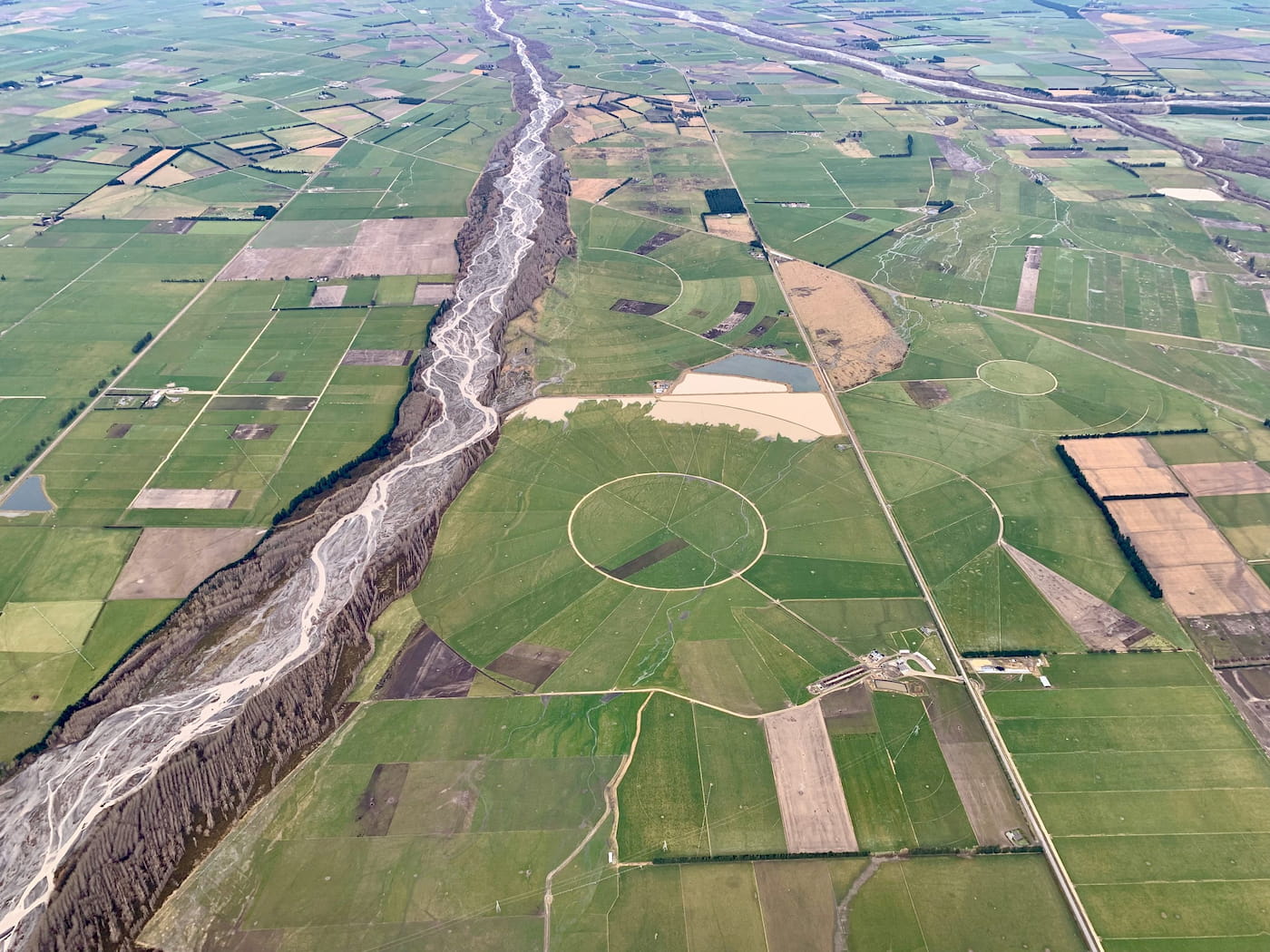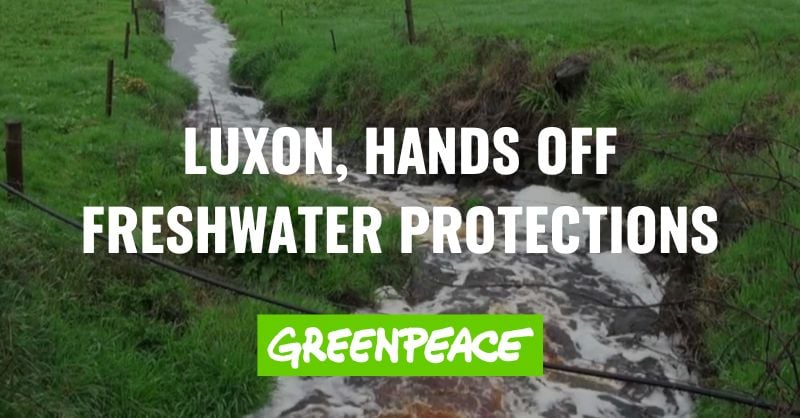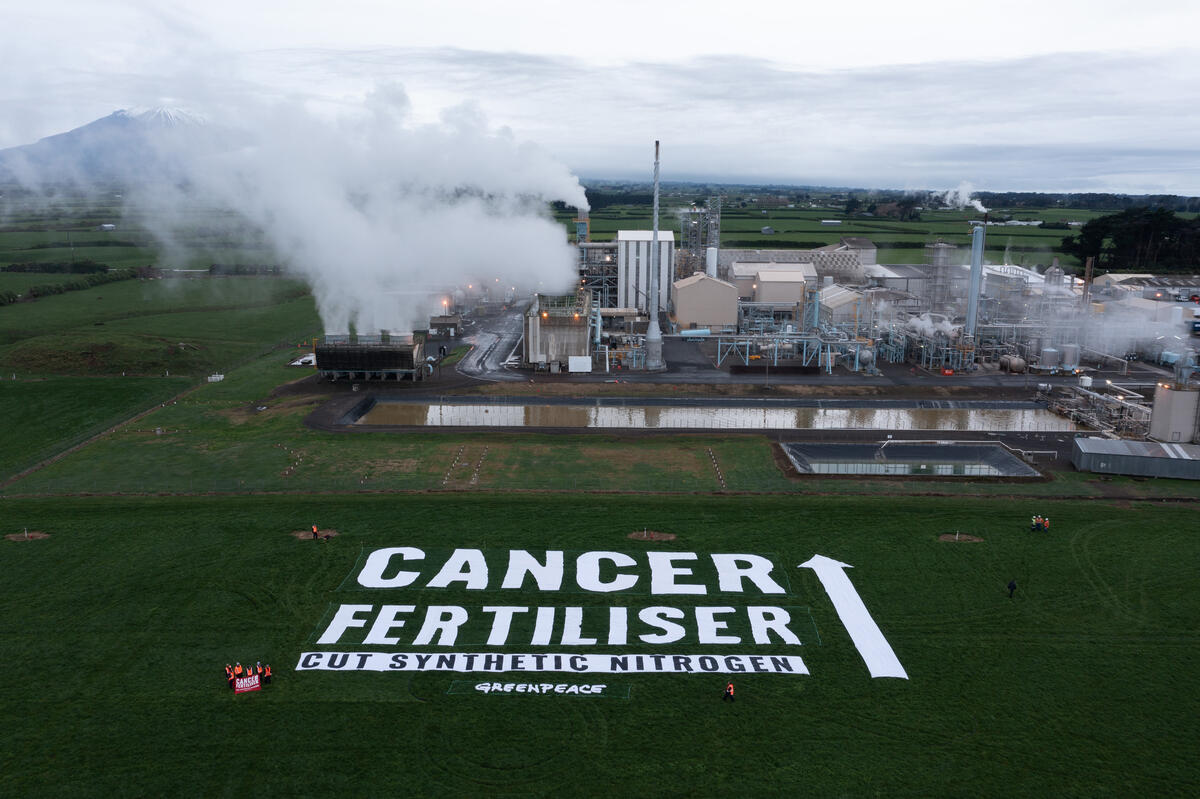Right now, we have a once-in-a-lifetime opportunity to turn one of our biggest environmental problems into one of its biggest solutions.
As the Government works to smooth the economic downturn caused by Covid-19, we’re calling on them to set up a billion-dollar regenerative farming fund, to transform agriculture into a cleaner, higher-value and more resilient industry.
With Government investment we can shift the nation to regenerative agriculture — a way of farming that will help reverse the damage done to our water, soil, climate and biodiversity. We can diversify and add value to the food, fibre and timber we produce, allowing us to reduce ruminant livestock numbers, while taking advantage of the global market growth in environmentally sustainable products and plant-based foods. We can build a more resilient agriculture sector, able to weather the oncoming environmental and market storms of the 21st century.
Around the world, many Governments have already recognised the environmental and social benefits of regenerative farming and increased public spending and policies to support it. It’s time for the New Zealand Government to follow suit. Here’s how the Government can back Kiwi farmers and support the regenerative farming revolution:
- Provide one-off grant funding for agroforestry, cover-cropping and reduced tillage
- Construct plant-based food manufacturing facilities and more small-scale, value-added food, fibre and timber processing facilities.
- Invest in R&D, training and advisory services for regenerative organic farming
- Construct organic compost and seed production facilities
- Finance the fencing and replanting of streams, wetlands and marginal land.
Here’s the full and detailed policy proposal, and more on the science behind regenerative agriculture.
For over a century the New Zealand Government poured millions into the uptake of chemical-intensive, monoculture farming agriculture. They gave out subsidies to farmers to increase their stocking rates and synthetic fertiliser use, drain wetlands and cut down forest to turn into pasture. Then there was the hundreds of millions spent building the synthetic nitrogen fertiliser factory and financing think-big irrigation schemes.
From now on, government funding must no longer go towards heavily polluting intensive agriculture. The way New Zealand farms affects all of us, and it’s time for public money to go to the public good. Any work the Government does to invest in regenerative agriculture must be done in partnership with Māori to transform the land-use sector in ways that honour Te Tiriti o Waitangi. There are several Māori-led initiatives and organisations already working in the food and farming sector and they should be integral to any Government planning or work on the agricultural sector.
The Billion Dollar Fund: Key Investments
Each of these recommended investments have already been made by other Governments around the world.
1. Provide one-off grant funding for agroforestry, cover-cropping and reduced tillage.
Capital costs of agroforestry and a lack of experience can be barriers to farmers adopting regenerative practices. To alleviate this, we recommend the following grants. Please note we are not recommending any permanent subsidies for the use of regenerative practices.
- Agroforestry grants: For tree seedlings, fencing and labour costs of establishing agroforestry, and short-term financing for maintenance of trees for up to 5 years.
- Diversified pasture and cover-cropping grants: For the first three years to help farmers gain experience in pasture diversification and cover-cropping.
- Reduced tillage grants: for the first three years to help farmers gain experience.
2. Construct plant-based food manufacturing facilities and more small-scale, value-added food, fibre and timber processing facilities.
In order to support a major diversification of food, fibre and timber and to support growth in plant-based and higher-value products, we need an overhaul of processing infrastructure in New Zealand. There are not enough small-scale, distributed processing plants and there are currently very few plant-based food manufacturing facilities that are not ideally located. We recommend the government provide grant funding to farmers and processors for regenerative organic and plant based food processing, and by constructing these facilities directly.
3. Construct organic compost and seed production facilities
Farmers transitioning to regenerative farming need access to organic compost and diversified organic seed, but few large-scale facilities for these currently exist. We recommend investing in constructing large-scale facilities that target major urban waste streams and by providing grant funding for on-farm construction of compost infrastructure. Previous governments subsidised the use of synthetic fertilisers, financed irrigation schemes and built the urea factory. Public funding must now be directed to building the infrastructure to produce regenerative organic farming inputs, as other countries have done.
4. Invest in R&D, training and advisory services for regenerative organic farming
Unlike many other countries New Zealand provides no regenerative organic training or advisory services, little support for organic certification, and little funding to regenerative organic research and development. We recommend the following actions to remedy this:
- Provide free, regenerative organic advisory services; including retraining all existing government advisors in regenerative organic farming.
- Cover the certification and inspections costs for organic and biodynamic certification
- Establish a centre of research excellence in regenerative organic production and increase the funding to regenerative organic research
- Convert state-owned farms into Regenerative Farming Training Centres by shifting them to regenerative organic and building research and teaching facilities on them.
5. Finance the fencing and replanting of streams, wetlands and marginal land.
Many of New Zealand’s freshwater and terrestrial ecosystems have reached breaking point and the majority of our native species are threatened with extinction. On top of that, we urgently need to sequester carbon (lock it into the ground) to meet our emissions reduction targets and help mitigate the climate crisis. Around 55% of New Zealand’s land area is farmland, meaning farms offering huge potential to help restore our waterways, improve biodiversity and sequester carbon. Financing the native revegetation of streambanks, wetlands and highly erodible, marginally productive land will provide thousands of jobs and significant benefits to the environment.
These five investments must be coupled with strengthening regulations to protect waterways, soil, biodiversity and the climate, as well as financial disincentives for the use of agri-chemicals and imported feed.
What is regenerative farming?
Regenerative farming is not currently the dominant production system in New Zealand. However, it is currently practiced by a small number of farmers and growers. It is also known as “agroecology”, “ecological” and “biological” and includes farms operating with the market certifications of biodynamic and organic. It is characterised by the significant diversification of crops, plants and animals and the low use of inputs, none of which are synthetic. Synthetic inputs are replaced with practices that mimic natural systems to access nutrients, water and pest control required for growth. Common practices include: Diversification, Agro-forestry; cover-cropping/green manures, intercropping, adaptive/holistic grazing, reduced tillage. Many of these have been developed with indigenous knowledge accumulated over millennia.
Why should the Govt invest in regenerative farming?
Government investment is effective
Internationally, many Governments have allocated significant public funding towards regenerative organic farming. Research shows that governmental support increases the number of farms and land under certified organic production. It can be assumed the same effect would occur for regenerative farming. The United Nations Food and Agriculture Organisation is urging governments to support regenerative farming. It states:
“Agroecology can help transform the way we currently produce and consume food to build healthier and more sustainable food systems. But this calls for the full engagement of governments and policy makers. Only with significant commitment at the policy level, will we see the scaling-up of agro-ecological approaches.”
Regen farming has many environmental benefits
A substantial body of research shows the benefits of regenerative organic farming include:
Increased carbon sequestration, better soil health , more biodiversity, reduced water pollution and more resilience to drought, floods, and pest incursions. For more information on this research, check out the full proposal and appendix.
Regen farming has economic benefits
Organic and plant-based products are high-value sectors that are experiencing strong growth, But, due in part to a lack of government support they have remained small sectors in New Zealand that have not yet achieved the economies of scale that would enable New Zealand to maximise value from these sectors
Growth in plant-based foods has been unprecedented in the past 5 years. In the USA total retail sales of plant-based foods grew 17% far outsrtipping growth in total retail food sales which was just 2%. In Denmark and Germany, the market for plant-based meat is growing 15–20% per year. UBS investment bank predicts that the global plant-based market will have a Compound Annual Growth Rate (CAGR) of over 30% up to 2025, and reach US$50 billion by 2025
Meanwhile. the global organic food and beverage market grew 397% between 2000-2016 and is estimated to will reach US$679 Bn by 2027, with an estimated CAGR of 17.05% In the European Union, one of our key markets, organic food sales are growing faster than they can meet demand domestically leading to high levels of imports. In Denmark for example, imports increased by 180% between 2008-2017.
Regenerative organic farming also provides good livelihoods for farmers. Research shows that regenerative farms can have higher profitability, and comparable yields when compared with high input monoculture farms, you can check out the full briefing and appendix for more detail on this research.
-

A Dirty Deal for Dirty Water – Government’s $56m irrigation subsidy blasted by Greenpeace
Greenpeace is blasting the Government’s latest $56 million irrigation subsidy, calling it a ‘dirty deal for dirty water’.
-

Stop Luxon’s freshwater pollution plan – submit before 27 July!
Right now, the Government is pushing ahead with plans to rewrite the rules that protect our lakes, rivers and drinking water. Their proposals would give more power to corporate polluters…
-

Govt moves to further weaken freshwater protections as new report highlights poor state of NZ drinking water
Greenpeace is deeply disturbed by the Luxon Government’s decision to weaken freshwater protections as a new report highlights poor state of NZ freshwater.

